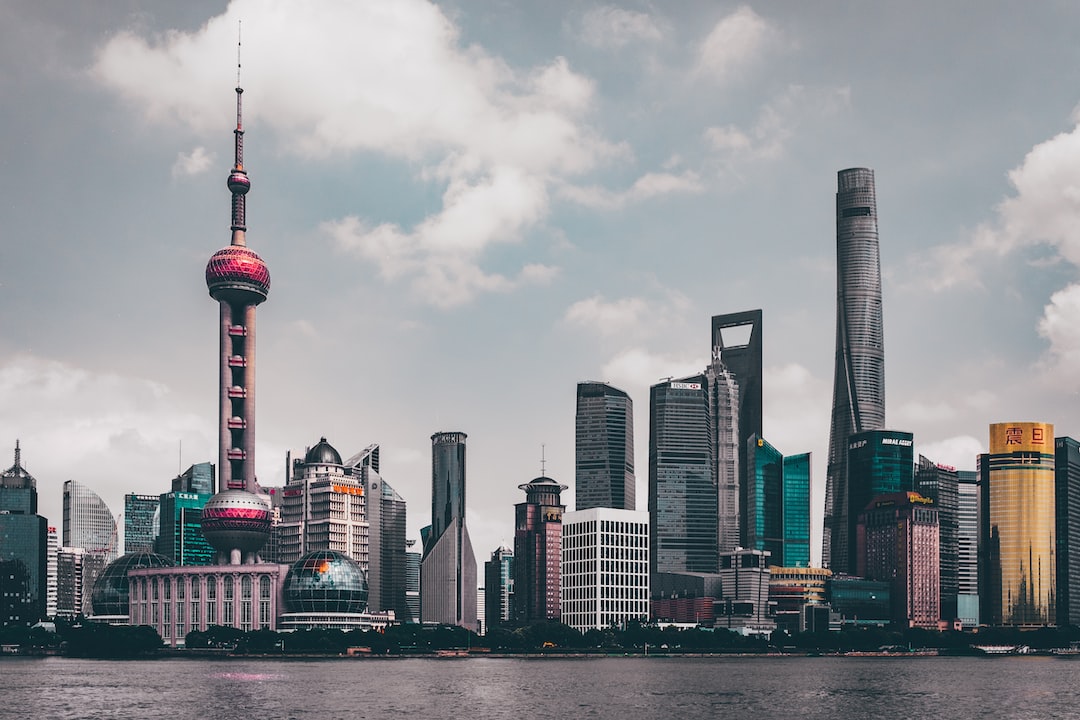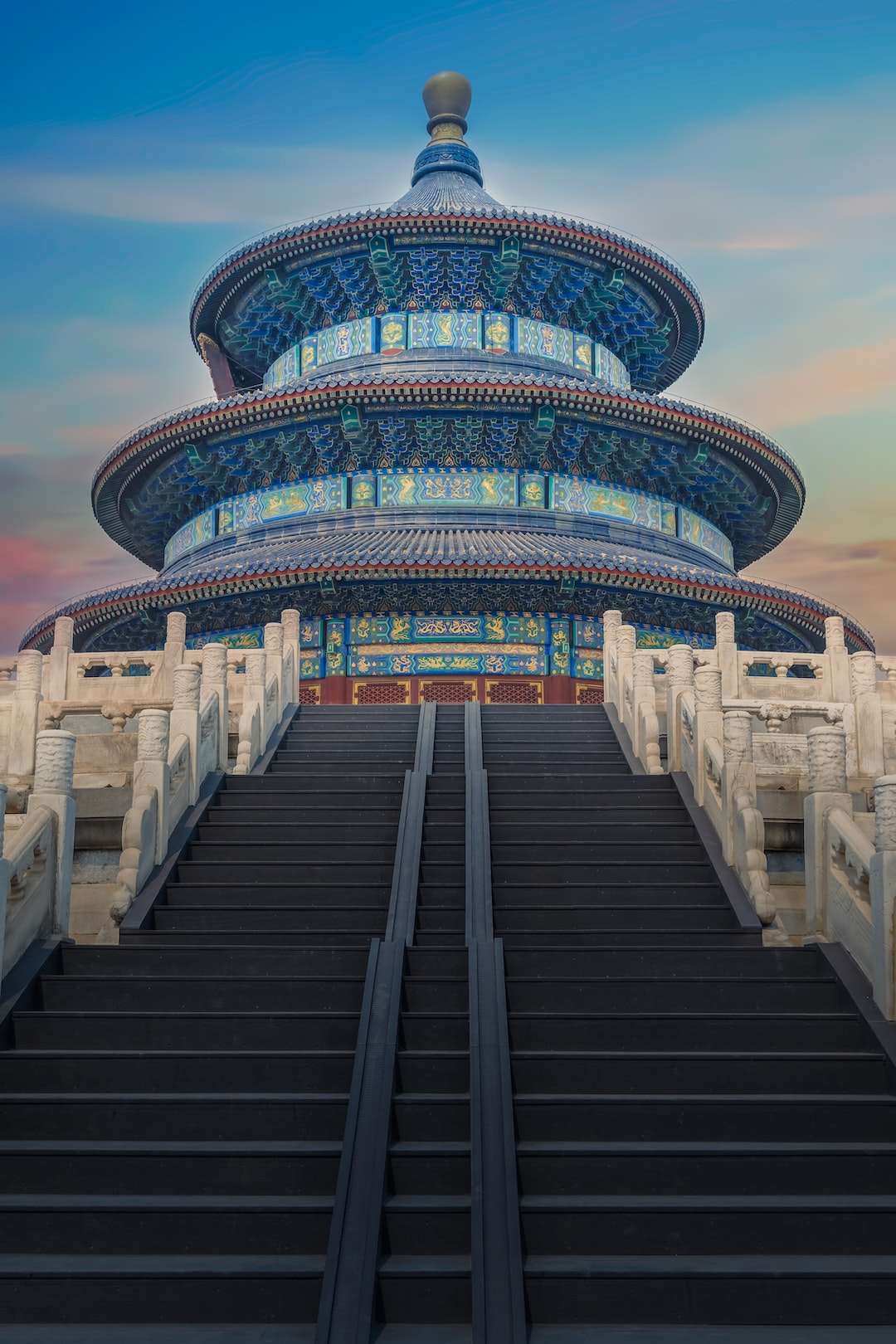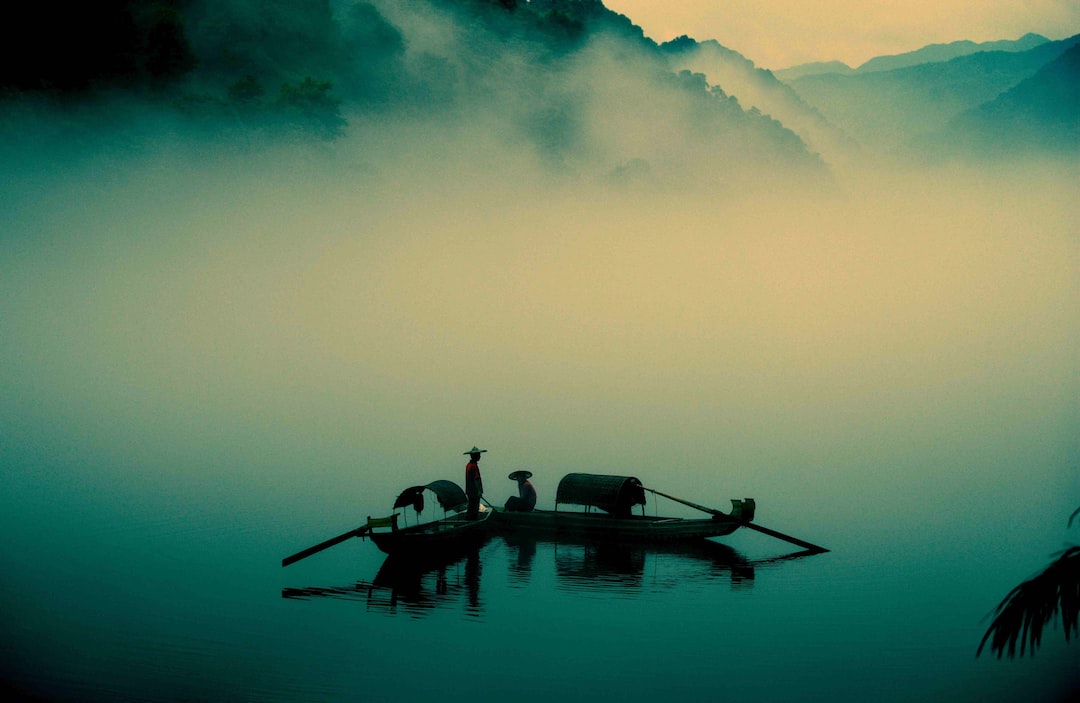If you've ever experienced apartment living, you're familiar with the intricacies of residing close to others. But nothing quite compares to the tulou, traditional communal structures in Fujian Province, China.
Built from the 12th to the 20th centuries, these earthen buildings, either circular or rectangular, can accommodate up to 800 individuals. Resembling a fort or stadium from above, tulous are often three to five stories tall. Their clever design provides ventilation, resistance to earthquakes, is windproof, and ensures ample natural light—features contributing to their UNESCO World Heritage status since 2008.
The tulou communities exemplify peace and camaraderie. Each family inhabits an identical vertical slice, with uniformly sized rooms made from similar materials, promoting an egalitarian society. Tulou are creations of the Hakka people, historically migratory settlers in southwestern Fujian. Deemed 'guest people' by natives, the Hakka ensured their tulous were fortified, with rifle slots, minimal ground-floor windows, and a singular grand entrance for protection.
Hakka's spiritual life centered around ancestor worship, with ancestral halls inside tulou serving as both sacred spaces and community hubs. Despite being relics, tulou occasionally caught global attention, like the fabled U.S. intelligence mistaking them for missile silos in the 1980s.
As tourism in China rose, visitors from around the world started exploring tulou, boosting their popularity. Many remain lived-in, preserving traditional lifestyles. Yet, the flight of the youth to modern cities casts a shadow on the future of these historical edifices.



